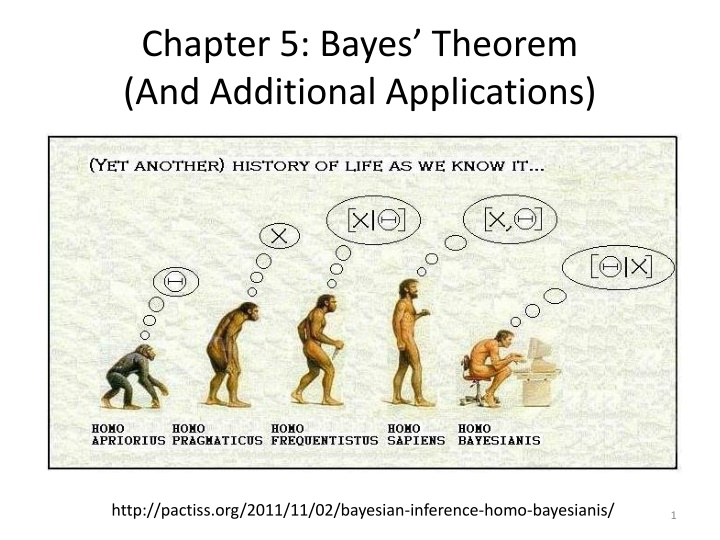
Applications of Bayes Theorem: Examples and General Multiplication Law
Explore various applications of Bayes Theorem, including scenarios like defective manufacturing, the Monty Hall Problem, diagnostic tests, and more. Additionally, learn about the General Multiplication Law with detailed examples. Understand probabilities in different situations using Bayesian inference.
Download Presentation

Please find below an Image/Link to download the presentation.
The content on the website is provided AS IS for your information and personal use only. It may not be sold, licensed, or shared on other websites without obtaining consent from the author. If you encounter any issues during the download, it is possible that the publisher has removed the file from their server.
You are allowed to download the files provided on this website for personal or commercial use, subject to the condition that they are used lawfully. All files are the property of their respective owners.
The content on the website is provided AS IS for your information and personal use only. It may not be sold, licensed, or shared on other websites without obtaining consent from the author.
E N D
Presentation Transcript
Chapter 5: Bayes Theorem (And Additional Applications) http://pactiss.org/wp-content/uploads/2011/11/bayesian_evol.png http://pactiss.org/2011/11/02/bayesian-inference-homo-bayesianis/ 1
Example: Bayes Theorem In a bolt factory, 30, 50, and 20% of the production is manufactured by machines I, II, and III, respectively. If 4, 5, and 3% of the output of these respective machines is defective, what is the probability that a randomly selected bolt that is found to be defective is manufactured by machine III? 2
Example: Bayes Theorem (Monty Hall Problem) This follows the game show Let s Make a Deal which was hosted by Monty Hall for many years. In the game show, there are three doors, behind each of which is one prize. Two of the prizes are worthless and the other one is valuable. A contestant selects one of the doors, following which the game show host (who does know where the valuable prize is), opens one of the remaining two doors to reveal a worthless prize. The host then offers the contestant the opportunity to change his selection. Should the contestant switch doors? 3
Example: Bayes Theorem (Diagnostic Tests) A diagnostic test for a certain disease has a 99% sensitivity and a 95% specificity. Only 1% of the population has the disease in question. If the diagnostic test reports that a person chosen at random from the population tests positive, what is the probability that the person does, in fact, have the disease? 4
Examples: General Multiplication Law 1) A consulting firm is awarded 51% of the contracts it bids on. Suppose that Melissa works for a division of the firm that gets to do 25% of the projects contracted for. If Melissa directs 41% of the projects submitted to her division, what percentage of all bids submitted by the firm will result in contracts for projects directed by Melissa? 2) Supposed that 8 good and 2 defective fuses have been mixed up. To find the defective fuses we need to test them one-by-one, at random. Once we test a fuse, we set it aside. What is the probability that we find both of the defective fuses in exactly three tests? 3) Using P lya s Urn, with r red balls, b black balls and c, what is the probability that the first two balls are red and the last ball is black? 5
Example: Electrical Components For the following problems, assume that each switch is independently closed or open with probability p and 1 - p, respectively. Note: The answers should include p . 1) In the figure below, there are 4 switches labeled 1, 2, 3 and 4. If a signal is fed to the input, what is the probability that it is transmitted to the output? 2) If a circuit is composed only of n parallel components, then what is the probability that, at a specified time, the system is working? 6
